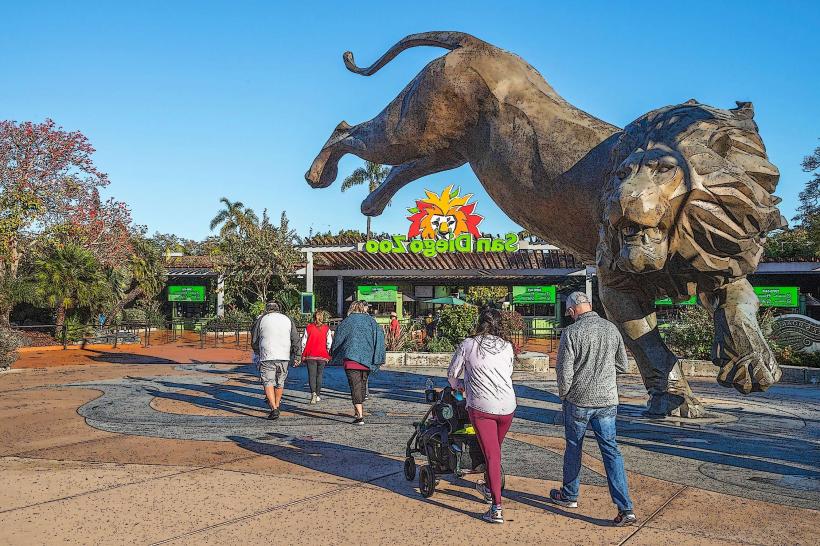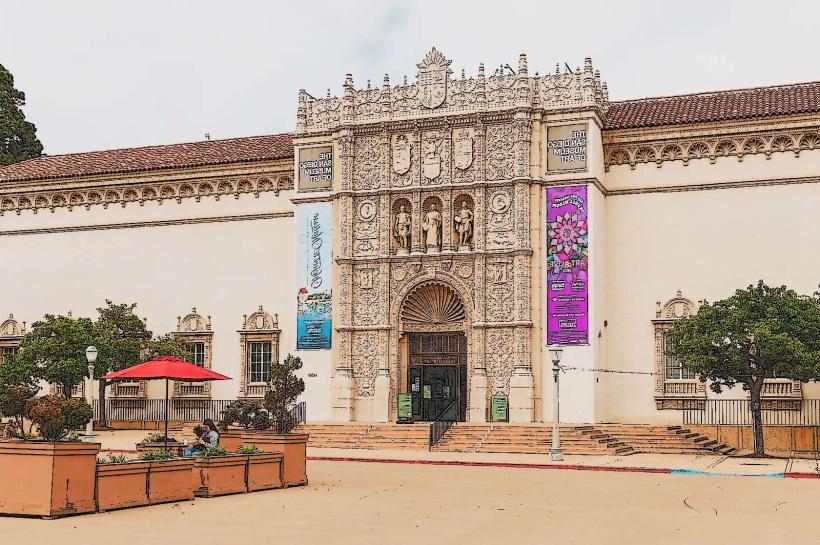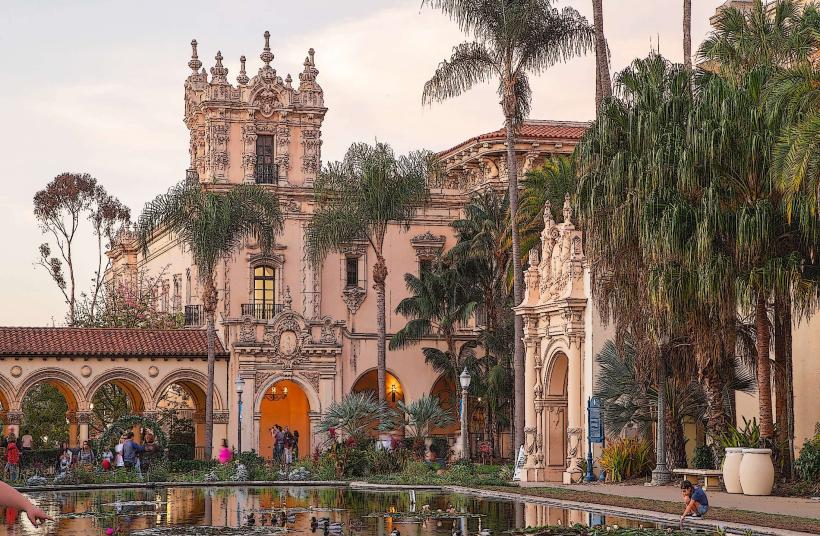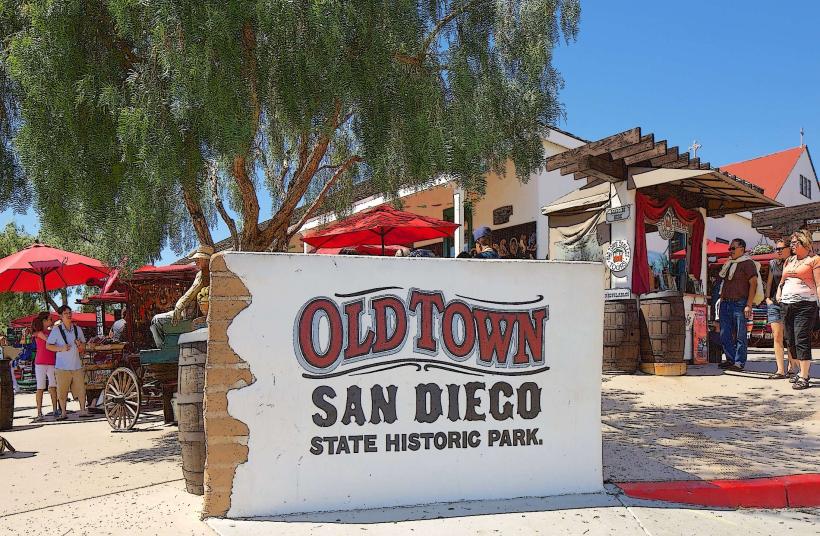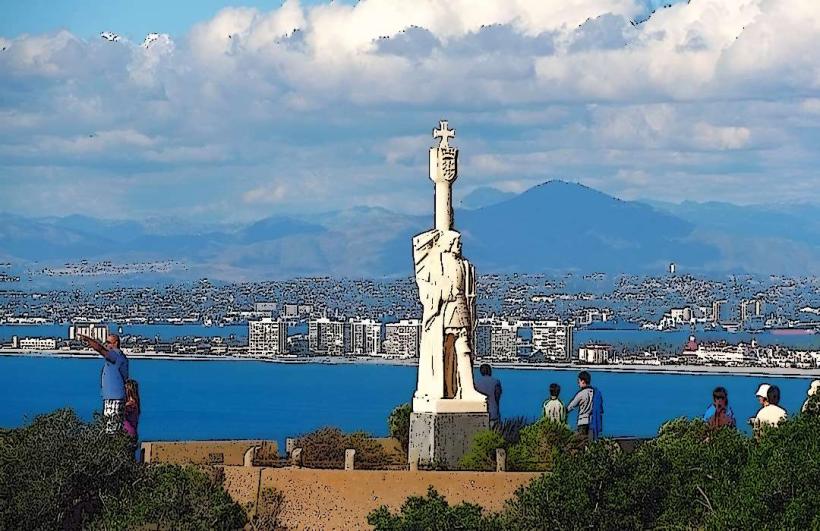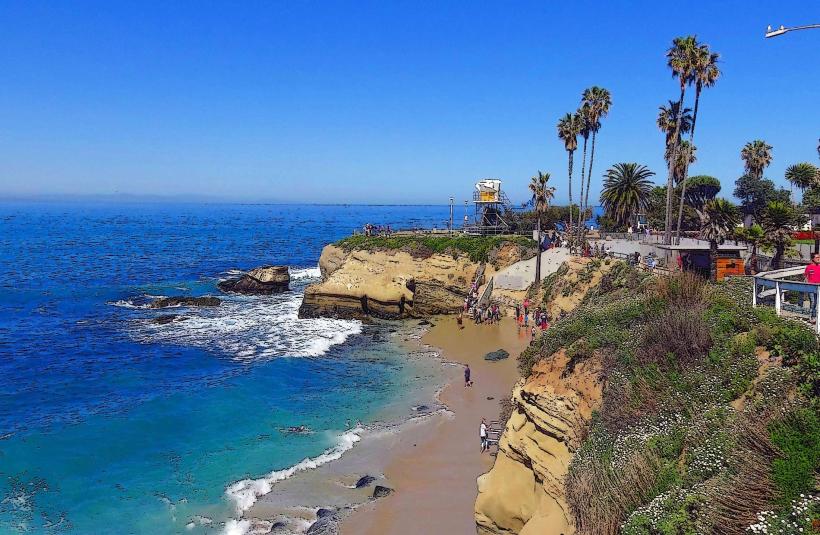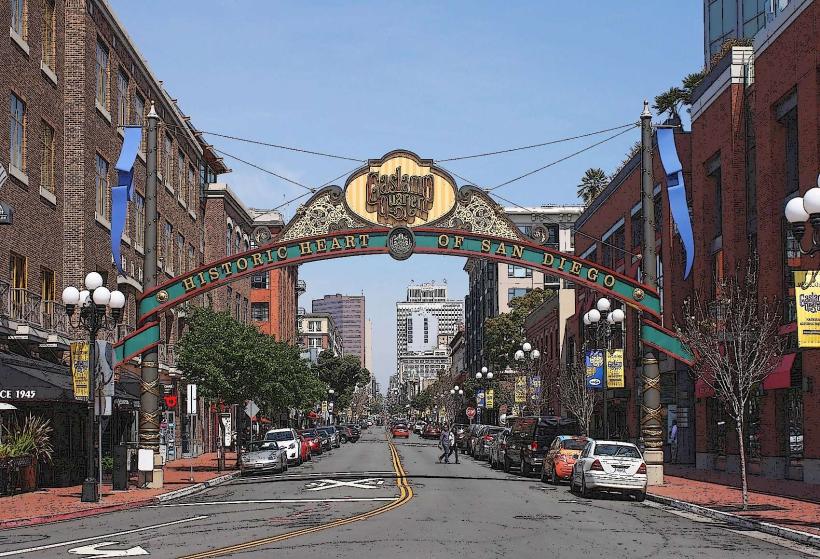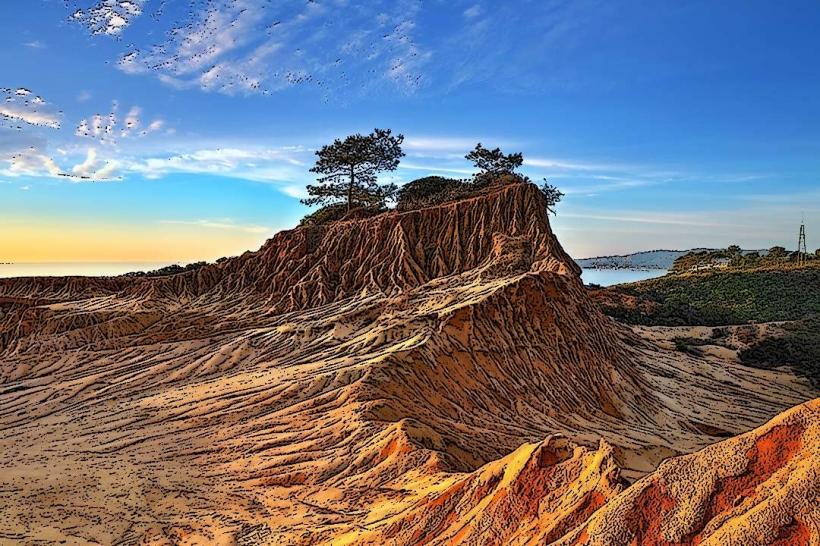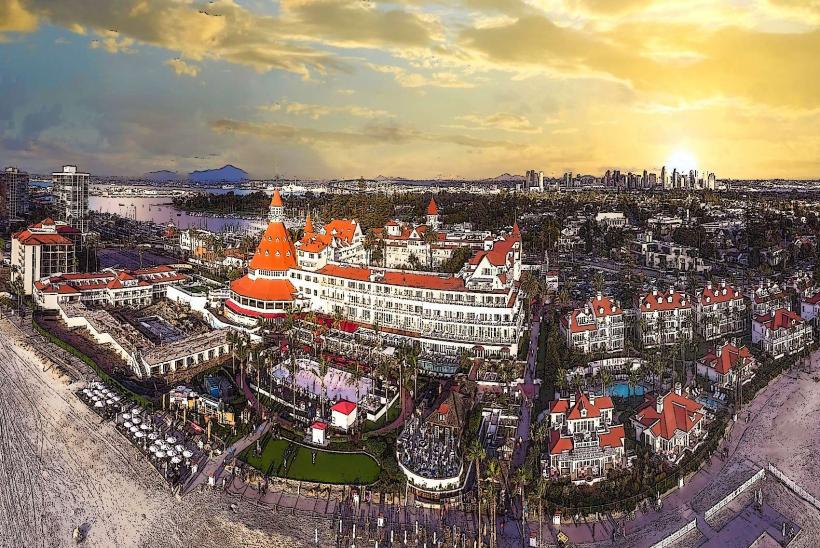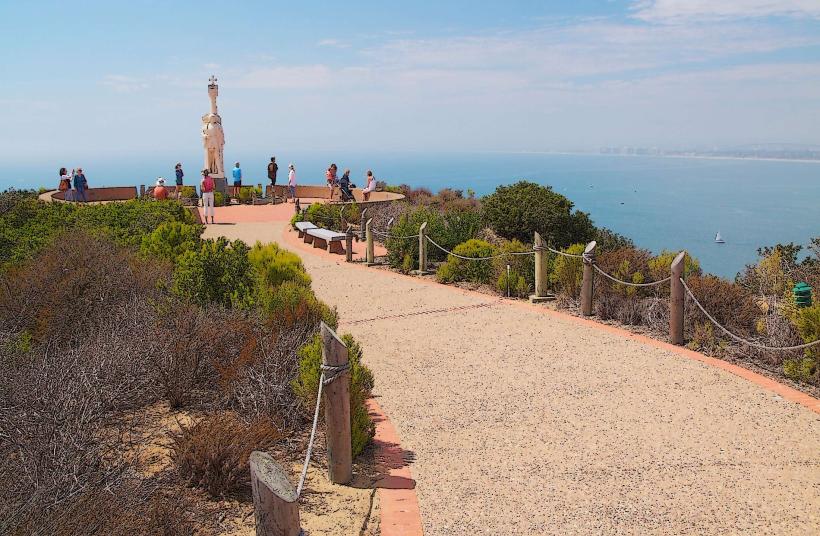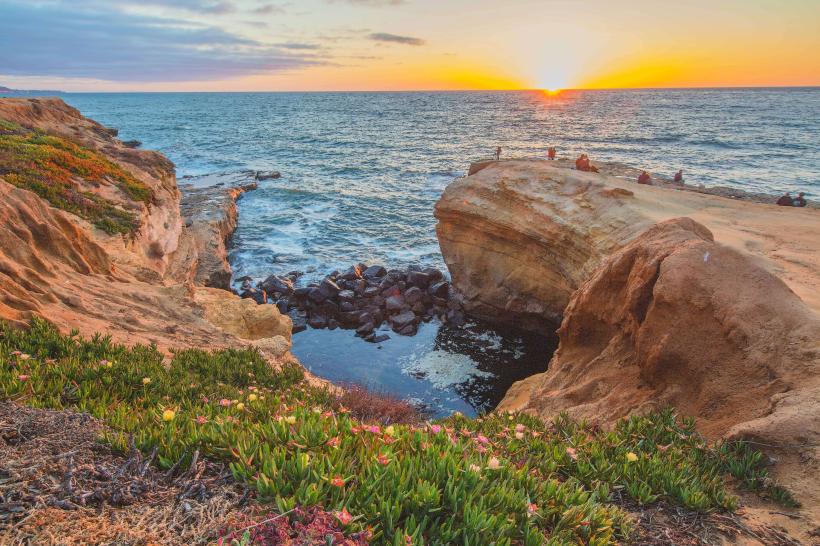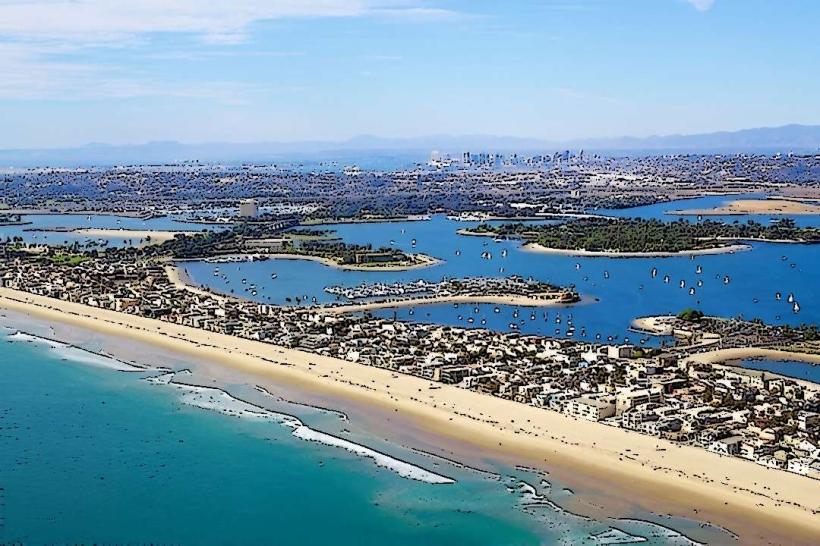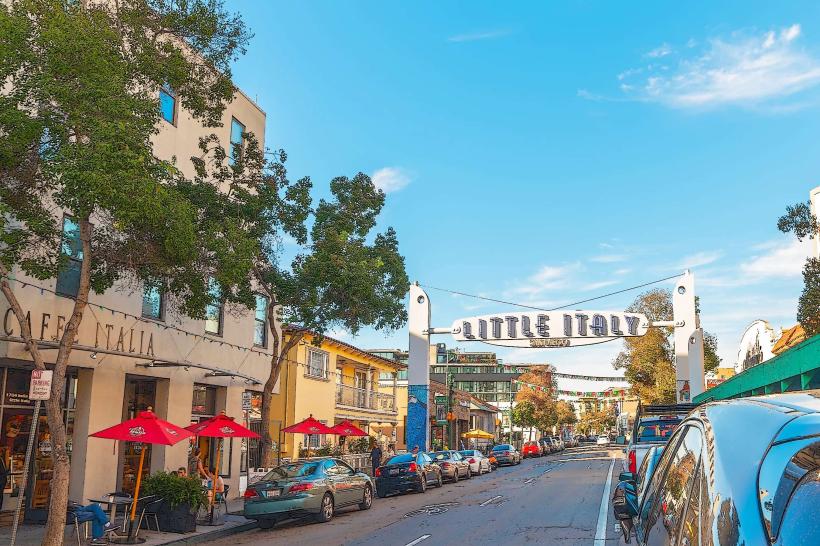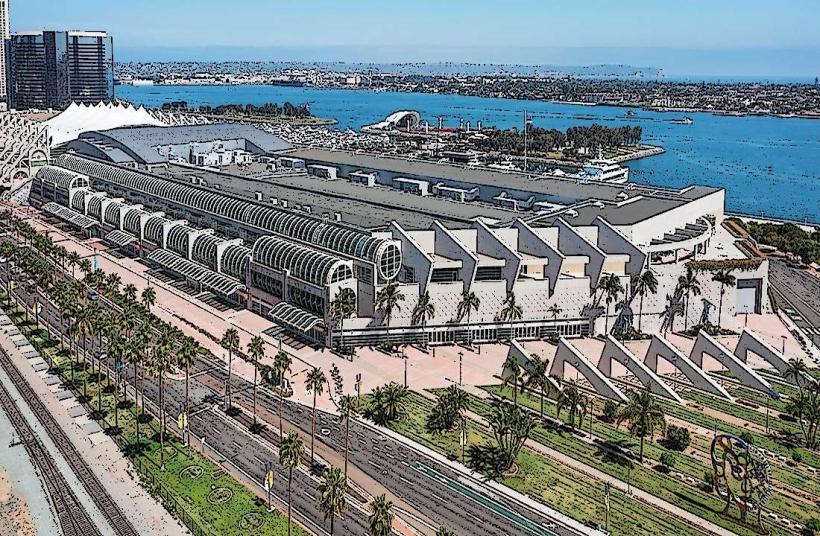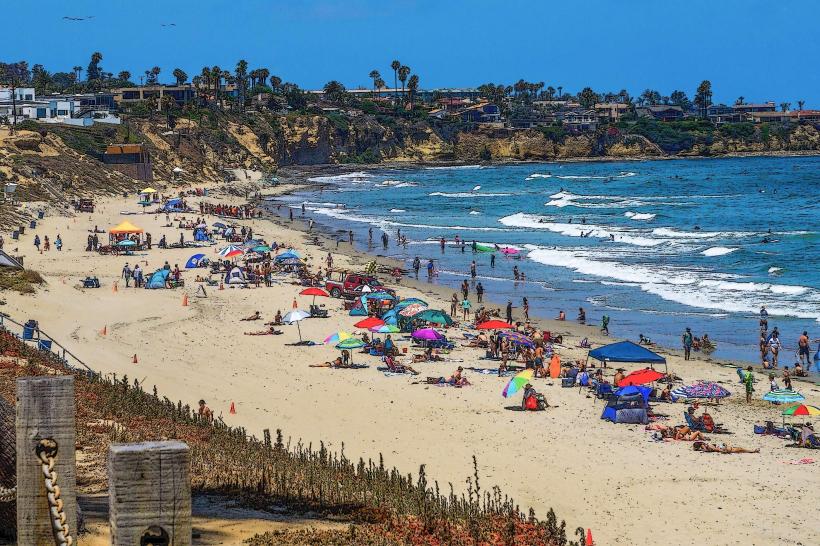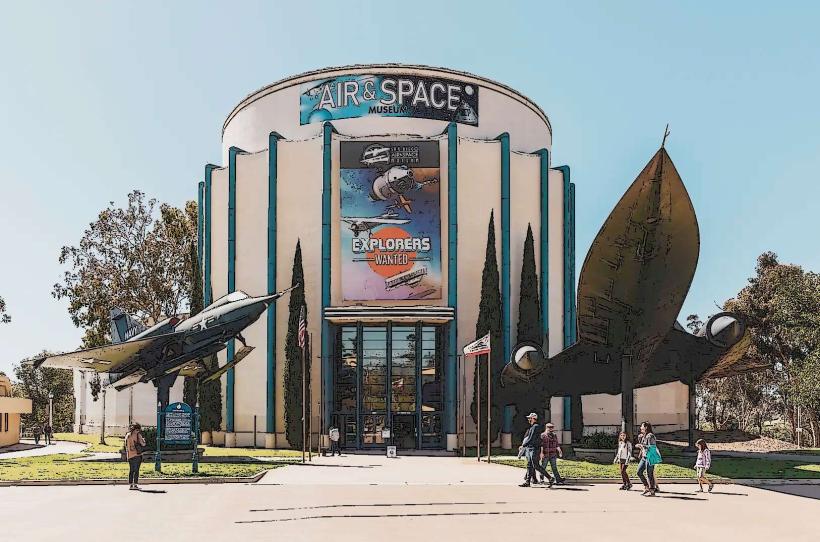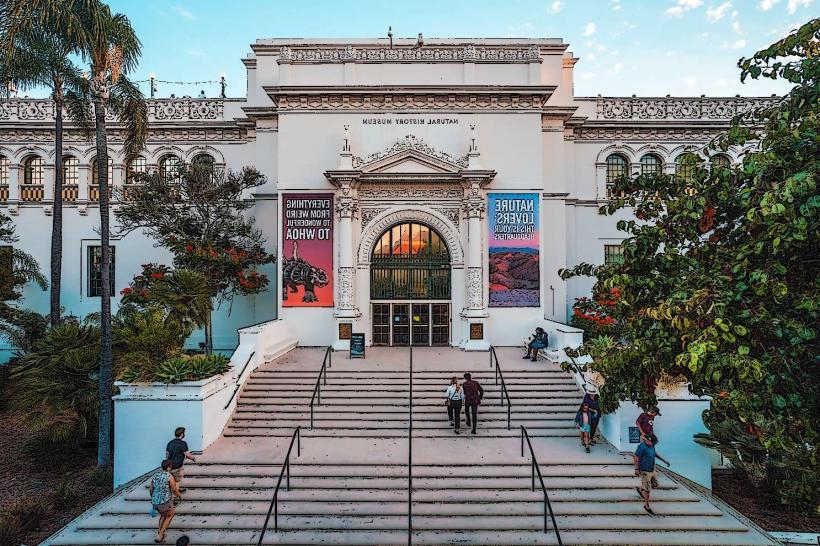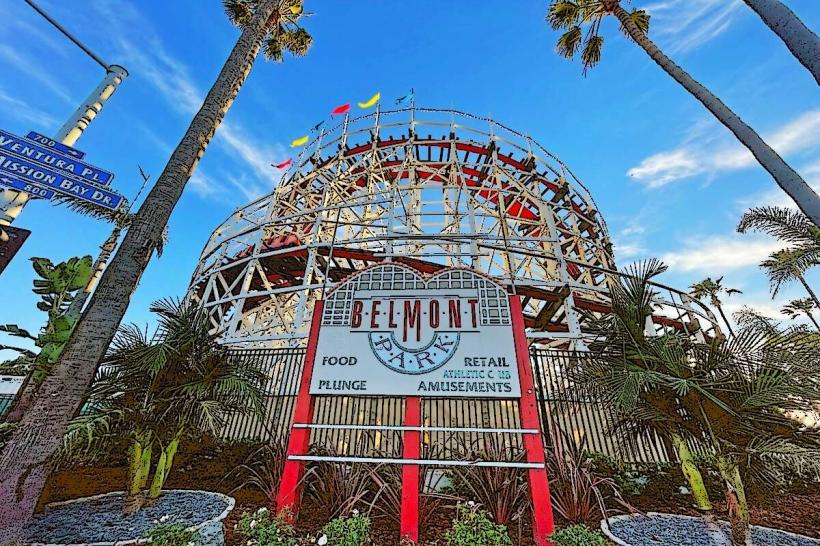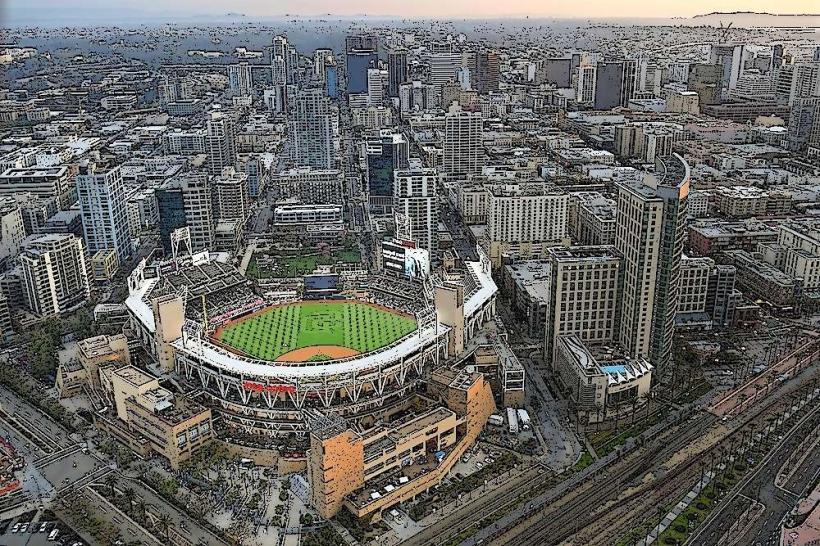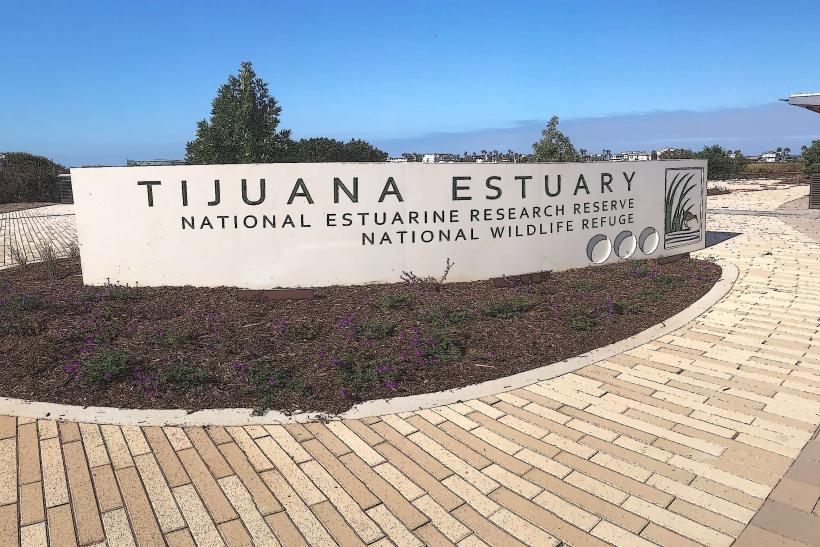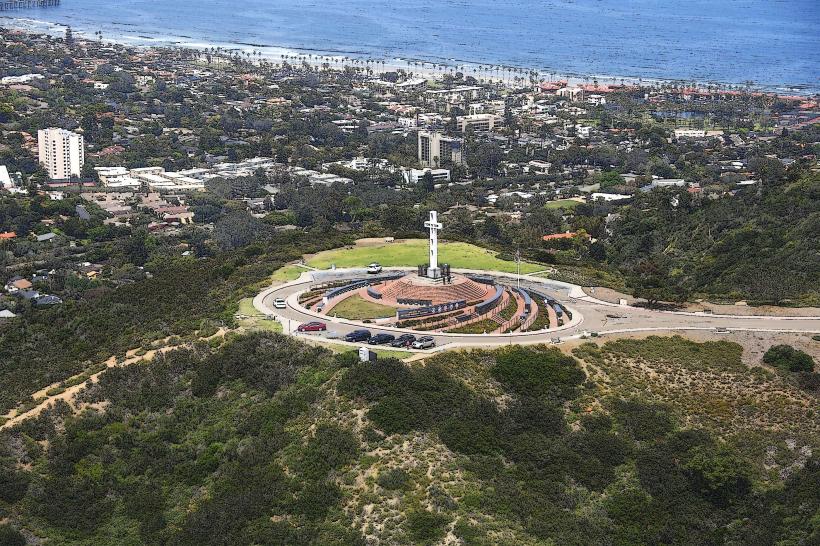Information
Landmark: Balboa Park GardensCity: San Diego
Country: USA California
Continent: North America
Balboa Park Gardens, San Diego, USA California, North America
Balboa Park Gardens – San Diego, California: Detailed Overview
Balboa Park in San Diego is one of the largest and most beautifully designed urban parks in the United States. Within the park lies an array of lush gardens that make it not only a cultural and recreational hub but also a botanical paradise. The gardens at Balboa Park are scattered across its 1,200 acres and are home to a variety of plant species, from desert flora to tropical plants, making it a favorite destination for nature lovers, tourists, and locals alike.
1. History of Balboa Park Gardens
Establishment: Balboa Park was originally set aside as a public park in 1868, but it was the 1915-1916 Panama-California Exposition that led to the development of the park's infrastructure, including its gardens.
Design Influence: The park's gardens reflect a blend of various landscaping styles, influenced by its history, cultural events, and surrounding architecture.
Renovations and Preservation: Over time, many of Balboa Park's gardens have undergone renovations and expansions, with a strong emphasis on maintaining historical and ecological integrity while enhancing accessibility for the public.
2. Notable Gardens in Balboa Park
Balboa Park’s gardens represent a variety of horticultural styles, each offering a distinct atmosphere and purpose. Here are some of the most prominent gardens:
a) Desert Garden
Location: Near the Botanical Building.
Overview: The Desert Garden is a stunning display of desert plants, showcasing a diverse range of cacti, succulents, and other drought-tolerant species.
Notable Features:
Over 1,300 plant species from around the world.
Dramatic plant displays, including giant cacti and agave plants.
The garden is designed to mimic the natural desert environment, providing an educational opportunity for visitors to learn about arid ecosystems.
b) Botanical Building and Lily Pond
Location: Centered at the entrance of Balboa Park, near the Casa de Balboa.
Overview: One of the most photographed structures in Balboa Park, the Botanical Building is home to thousands of exotic plants. It is one of the largest wood lath structures in the world.
Notable Features:
The Lily Pond in front of the Botanical Building is a serene, reflective water feature that complements the surrounding lush greenery.
Inside the building, you’ll find tropical plants, orchids, and ferns, creating a humid environment reminiscent of rainforest climates.
This garden is a key highlight for those interested in tropical and subtropical species.
c) Japanese Friendship Garden
Location: Located in the southern portion of the park, near the Panama-California Exposition site.
Overview: Inspired by traditional Japanese gardens, this tranquil space is designed to symbolize the bond between San Diego and its sister city, Kobe, Japan.
Notable Features:
Beautiful Koi ponds, rock gardens, and Japanese maple trees.
A Zen garden for quiet reflection.
A large koi pond surrounded by flowering plants, creating a peaceful atmosphere perfect for relaxation.
Seasonal highlights include cherry blossoms in spring and autumn colors in fall.
d) Rose Garden
Location: Adjacent to the Balboa Park’s Organ Pavilion.
Overview: The Inez Grant Parker Memorial Rose Garden is a beautiful showcase of more than 1,600 rose bushes in a stunning variety of colors and species.
Notable Features:
The garden is designed with formal layout and terraced areas to display roses at their best.
It is known for its seasonal beauty, with roses blooming in spring and summer.
Features include walkways, fountain displays, and places to sit and admire the flowers.
The garden serves as a peaceful retreat and a popular spot for photographers.
e) Palm Canyon
Location: Situated in the eastern part of Balboa Park.
Overview: The Palm Canyon garden offers a secluded, shady retreat and showcases a wide variety of palm trees from different parts of the world.
Notable Features:
Home to several rare and endangered palm species.
The canyon’s lush greenery provides a contrast to the more open areas of the park.
The garden offers shady paths and bench seating for visitors to rest and enjoy the unique collection of palms.
f) California Native Plant Garden
Location: Near the San Diego Natural History Museum.
Overview: This garden highlights the natural beauty of California’s native flora, displaying a collection of plants that are naturally adapted to the state’s diverse ecosystems.
Notable Features:
Drought-tolerant plants, such as California poppies, manzanitas, and sagebrush.
The garden is designed to showcase native habitats like deserts, coastal areas, and mountain regions.
An educational space focused on conservation and sustainability.
g) Alcazar Garden
Location: Near the Casa de Balboa building.
Overview: Inspired by the famous Alcázar de los Reyes Cristianos in Cordoba, Spain, this formal garden reflects the intricate landscaping found in Spanish Renaissance gardens.
Notable Features:
Symmetrical layout with terraces, fountains, and formal flower beds.
A variety of Mediterranean plants like lavender, geraniums, and cypress trees.
The garden features ornate water features, including fountains and pools, evoking a serene, Spanish-style atmosphere.
h) Central Mesa Garden
Location: In front of the California Tower.
Overview: A large central garden space that features a mix of tropical plants, grasses, and flowering species.
Notable Features:
Beautifully landscaped areas with wide lawns and walkways for casual strolls.
Seasonal displays of tulips and lilies.
3. Educational and Environmental Importance
Balboa Park’s gardens not only enhance the beauty of the park but also serve an important educational role in environmental stewardship:
Sustainability: Many of the gardens feature sustainable gardening practices, such as water-efficient irrigation systems and the use of native plants to conserve water.
Conservation: The gardens are home to many rare and endangered plant species, making them important spaces for plant conservation.
Education: Balboa Park’s gardens often offer educational programs, workshops, and seasonal tours that allow visitors to learn more about gardening, botany, and conservation.
4. Visitor Information and Accessibility
Accessibility
The gardens at Balboa Park are accessible to people of all ages and abilities. Many of the gardens have paved paths and benches for resting, making them comfortable for visitors with mobility challenges.
Wheelchair Access: The park provides wheelchair-accessible paths and some areas of the gardens have designated seating for those with special needs.
Guided Tours
Guided garden tours are available, providing an opportunity for visitors to learn more about the history, design, and plants of Balboa Park’s gardens.
These tours are typically offered seasonally, and can often be found on the official Balboa Park website or at the Visitor Center.
Events
Seasonal Flower Shows: Balboa Park often hosts flower shows, festivals, and garden-related events, such as the annual Rose Garden Day or Cactus and Succulent Shows.
Concerts: Many of the gardens, especially the Inez Grant Parker Memorial Rose Garden, serve as a backdrop for the park's free summer concerts at the Organ Pavilion.
Conclusion
The gardens of Balboa Park are an essential part of San Diego’s cultural fabric, offering a diverse and vibrant space for relaxation, exploration, and education. From the lush Japanese Friendship Garden to the unique Desert Garden, these gardens provide a serene escape from the bustle of the city while highlighting the beauty of both local and exotic plants. Whether you are a gardening enthusiast, a nature lover, or someone looking to spend a peaceful day outdoors, the gardens at Balboa Park are a must-see destination.

